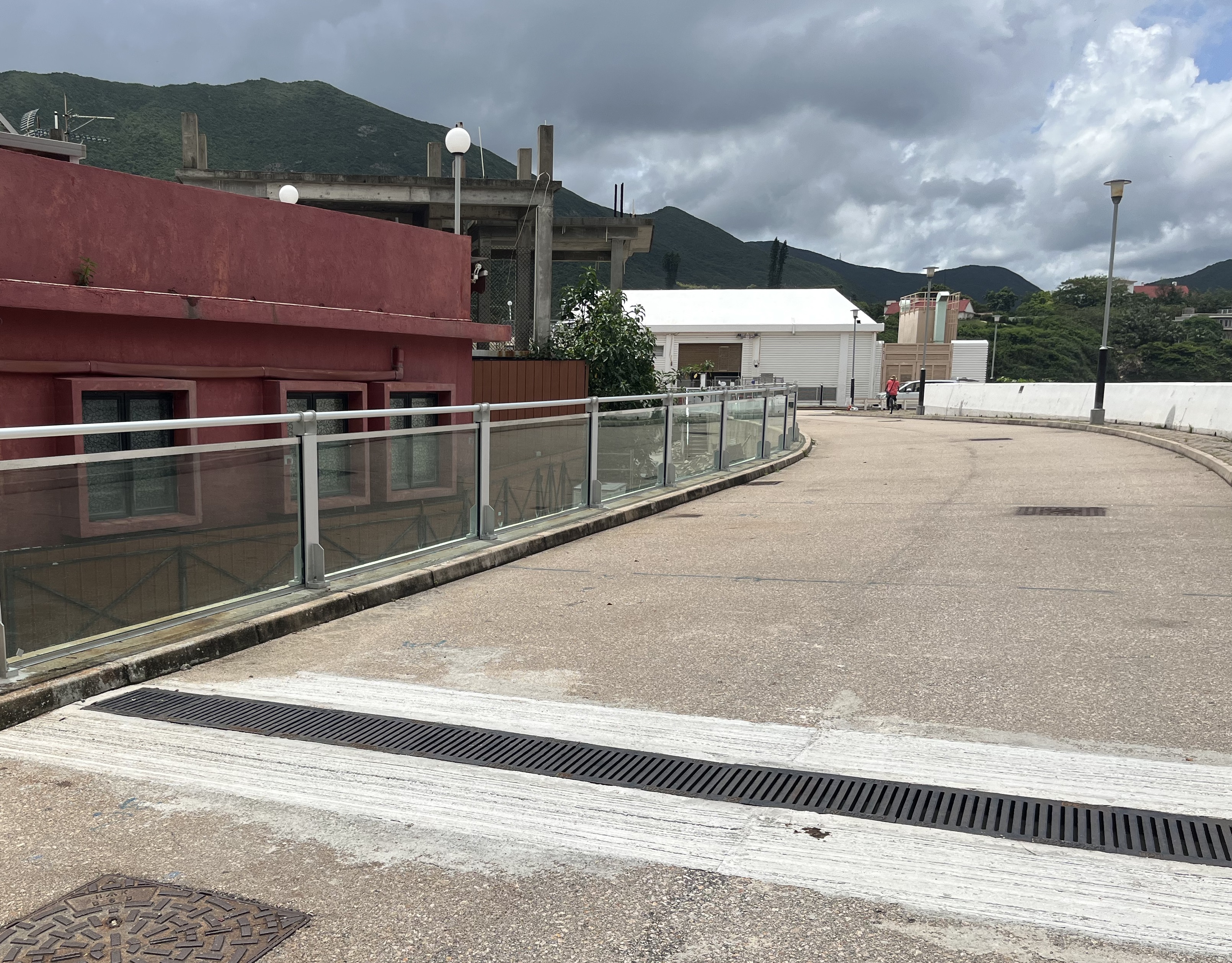Coastal Enhancement
Background

To enhance the capability of the coastal areas in responding to extreme weather and climate change, the Civil Engineering and Development Department (CEDD) engaged consultants who completed the Coastal Hazards Study "the Study" in end 2021. The Study comprehensively reviewed the situation of the coastal low-lying and windy locations, and investigated storm surges and waves in order to assess the impacts of extreme weather and climate change on these locations. The Executive Summary and Final Report of the Study were uploaded to the CEDD website.
Strategy

Considering the uncertainties in the range of possible future climate change development and global actions among nations on reducing carbon emissions, we adopt a progressive adaptive approach to formulate climate adaptation measures for coastal low-lying and windy locations.
Making reference to overseas and local experience and approaches, we adopt multi-layered enhancement measures to cope with extreme weather, which comprises–
(i) constructing or raising wave walls along the coastline; and/or(ii) installing flood barriers at suitable places behind the coastline to cut off water pathways towards inland areas; and/or
(iii) installing demountable flood barriers at building frontages.
Management measures will involve the execution of action plans on early alert systems and emergency preparedness.
Progressive Adaptive Approach
Multi-layered Enhancement Measures

Design Standard

We follow the Port Works Design Manual (PWDM) to design the coastal structures. Climate change parameters are included in the PWDM. Progressive adaptive approach will be adopted to cater for climate change uncertainties in long terms.
Progress

The Government is taking forward the various improvement works and management measures for the identified 26 coastal residential areas in an orderly manner, and will conduct timely consultation with the stakeholders so as to meet the locals' needs and expectations. Action plans for those areas have been already in place. Progress of enhancement measures as at early November 2024 is shown below:
Remark: The areas in normal font and italic font above represented the enhancement measures to be implemented by Civil Engineering and Development Department and Drainage Services Department respectively
Coastal Enhancement Measures Completed / In progress
Publicity

In order to enhance the public awareness of coastal hazards under extreme weather and climate change, we have briefed the study findings and recommendations to relevant stakeholders, such as Legislative Council members, District Council members, Harbourfront Commission, Rural Committees and Village Representatives, professional institutions and organizations.
Liaison with Stakeholders
Promotion with Professional Institutions / Organisations
Public Education
Innovative Design

We are exploring different innovative technologies in the design of coastal enhancement to enhance the performance of operation and maintenance in the future.
Cool Stuff

Click the following links to learn more about extreme weather and climate change:-





















